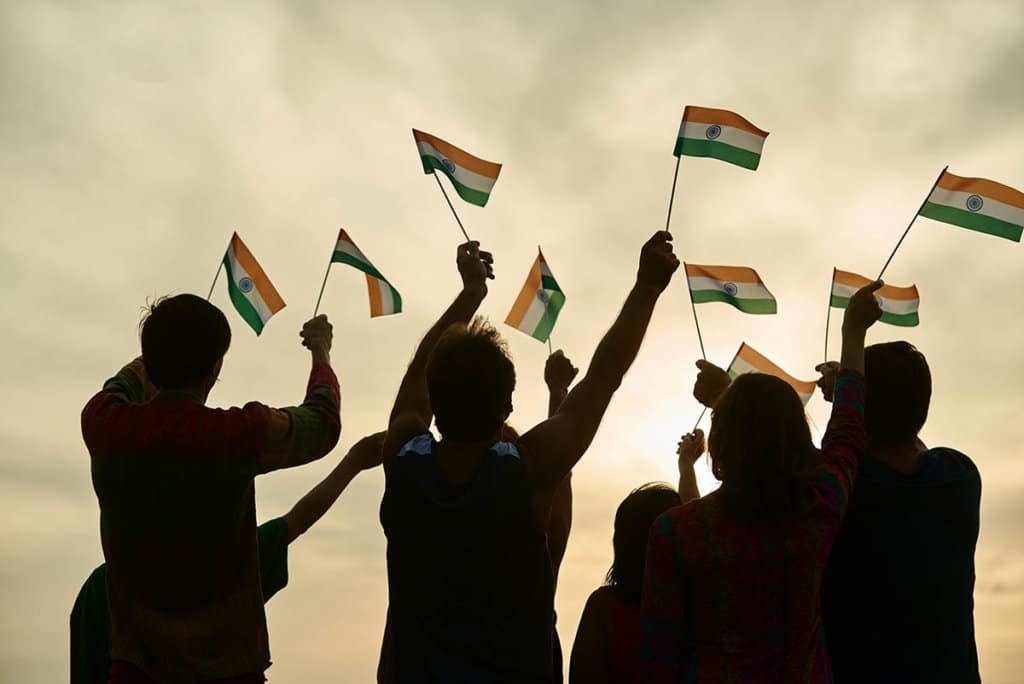Dear India: Where are our candlelight marches, our outrage and our mass protests? Why have we been so muted in our response to the gang rapes of two girls, an 8-year-old child and a teenager? And no, our lazy tweets and our commiserating hash tags do not count.
This week, two cases of rape and murder – one of a shepherd girl in Kathua in Jammu and Kashmir, the other in Unnao, in India’s most populous state, Uttar Pradesh – have been moments of acute national shame. They have proved how the powerful conspire to enable and protect sexual abusers. Worse, they have exposed the ugliest underbelly of India. Political and societal responses to these charges of rape have revealed entrenched misogyny, religious hatred and a shameful class bias. They have held up a mirror to the worst in us.
We must confront this: The India we thought had changed has not changed at all. In 2012, a massive popular uprising against the gang rape of a medical student in Delhi, dubbed the “Nirbhaya” (fearless) case, led to a tough new set of anti-rape laws. It was considered an inflection point in our conversation about gender. Now we know that not much is better or different. Not our politicians, not our hate-mongers – and sadly not even we, the people.
For the ruling Bharatiya Janata Party (BJP) and the government of Narendra Modi, the cases have been especially embarrassing, given the prime minister’s oft-quoted slogan of “Beti Bachao, Beti Padhao” (“Save our Girls; Educate our Girls”). In the Unnao case, one of the accused rapists is a legislator of the BJP. The victim tried to commit suicide outside the house of Chief Minister Yogi Adityanath, a saffron-robed monk once billed as a possible successor to Modi. She alleged inaction by the state administration on her complaint, which she had filed last year. Instead, her father was arrested and died in police custody. The hospital report confirmed that he suffered 18 assault injuries, and he is on tape, not long before he died, naming the man whose goons who beat him up: the brother of the lawmaker accused of the rape.
In the Kathua case, you cannot read the police charge sheet without feeling nauseous. It details how a little child from the Bakherwal nomadic community had taken her family’s horses to graze in a nearby forest and never returned. The charges say she was repeatedly drugged, taken hostage and hidden inside a temple. One of the accused rapists (eight men have been arrested in connection with the case, including local police officers) was reportedly “invited” from Meerut, hundreds of miles away, to participate. The child was strangled with her own scarf; a stone was then slammed on her head to “make sure that the victim [was] dead,” according to the charges.
There is a photograph of her, smiling, wide-eyed and full of hope, in anticipation of a life yet to come. And there is a second photograph of her defaced body abandoned in the forest. You cannot look at the two pictures together without looking away almost instantly. The police say the rape and murder were part of a plot to “dislodge” the shepherd community, which is Muslim, from the village. The case quickly took a hideous communal twist, with a self-appointed Hindu group staging marches in defense of the rapists, sounding nationalist slogans and waving the national flag – defiling all that the flag stands for. Two BJP ministers in the Jammu and Kashmir government also criticized the police’s investigation. Worse, a mob of lawyers blocked law enforcement officials when they arrived at court to file the charges, again seeking refuge behind the flag and slogans. Their demand was to take the case away from the state police and hand it over to a central agency. This was a hideous sectarian politicization of a child’s rape.
The silence of the top women ministers in the Modi cabinet on both the Kathua and the Unnao cases has been disturbing, and only undermines their track record as trailblazers. Women hold key portfolios of defense, foreign affairs, and information and broadcasting, among others. But what good are these path-breaking positions of authority if the women don’t speak for female victims of violence and abuse? Not that men shouldn’t lead by example. In 2012, the Nirbhaya gang rape in Delhi raised similar questions about whether it made any difference that a female politician governed Delhi and that the then-ruling party – the Congress – was helmed by a woman.
Finally, we must reflect on our own responses. Sure, Indians are angry. We are tweeting furiously and writing posts on Facebook. But our class bias, especially in the media, has been unveiled. The Delhi rape of 2012 was close to the bone; it could have been any one of us or those who watched and read us. So the coverage that case got was instantaneous and intense. It has taken months for these crimes to get to prime time. And even so, how many of us will move beyond our keyboards and spill over onto the streets – as we did for Nirbhaya?
Kathua and Unnao are now known not just nationally but internationally. And yet, some will complain about this column appearing in a “foreign” newspaper. How “anti-national,” I will be told on social media by people missing the irony. These Hindu “nationalists” who spoke for rapists have shamed India, our constitution and, of course, Hinduism.
© 2018 The Washington Post
